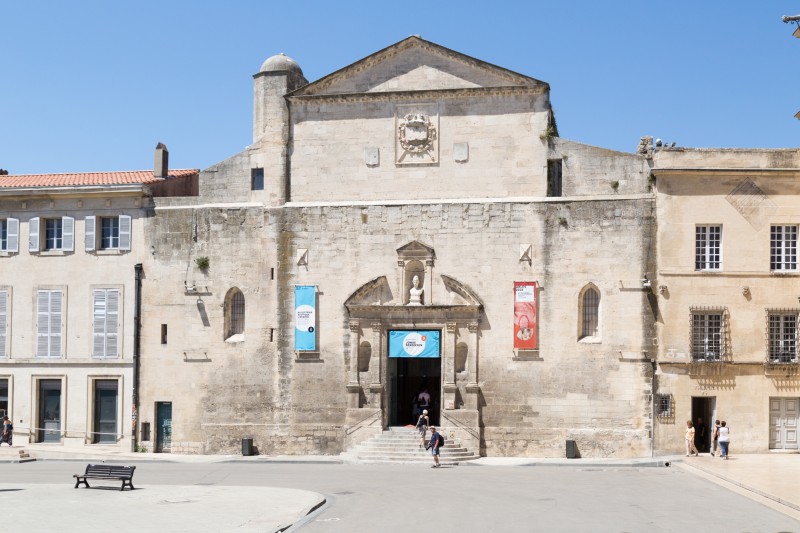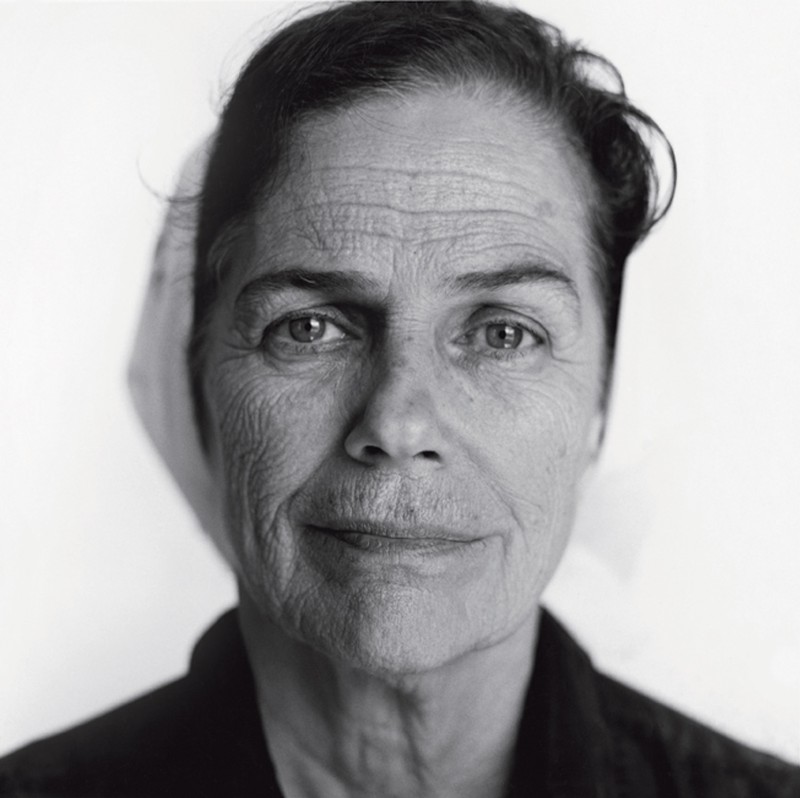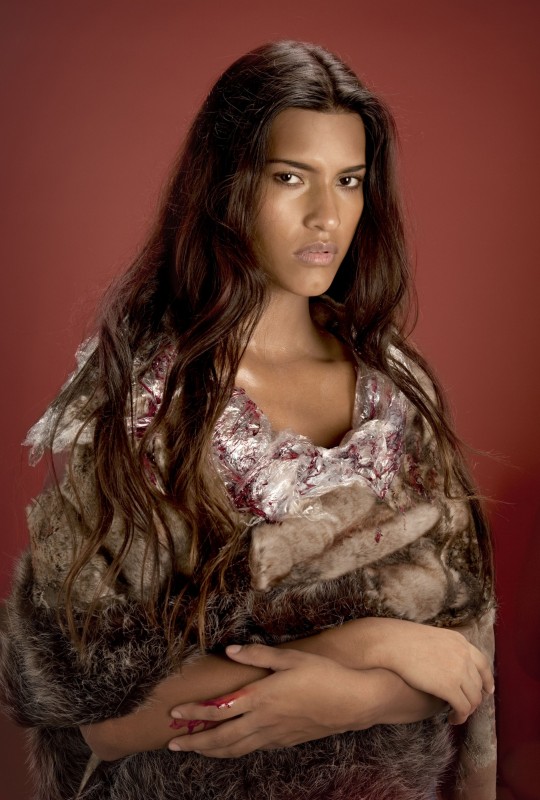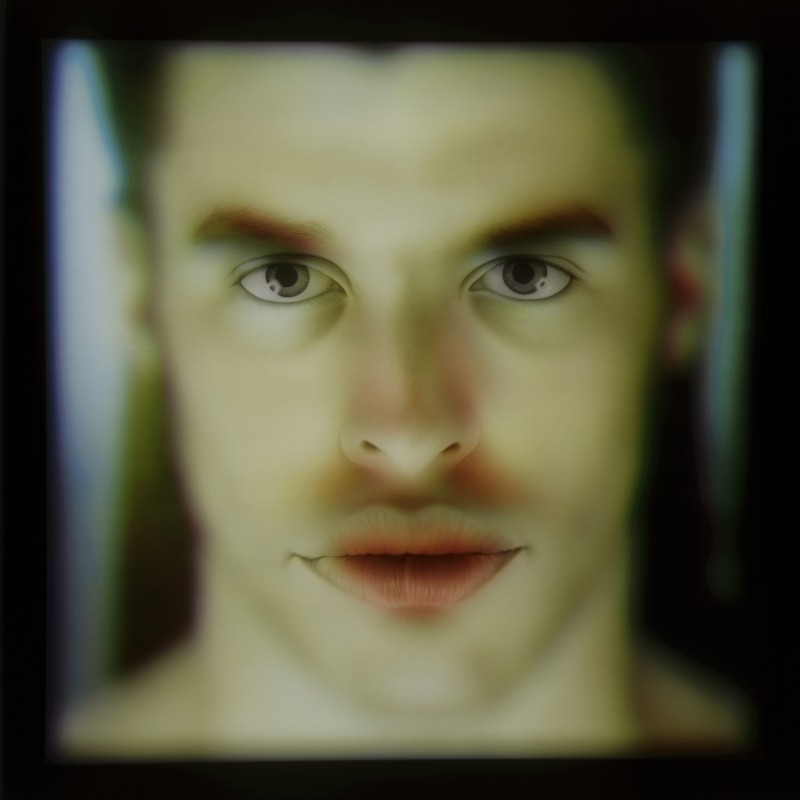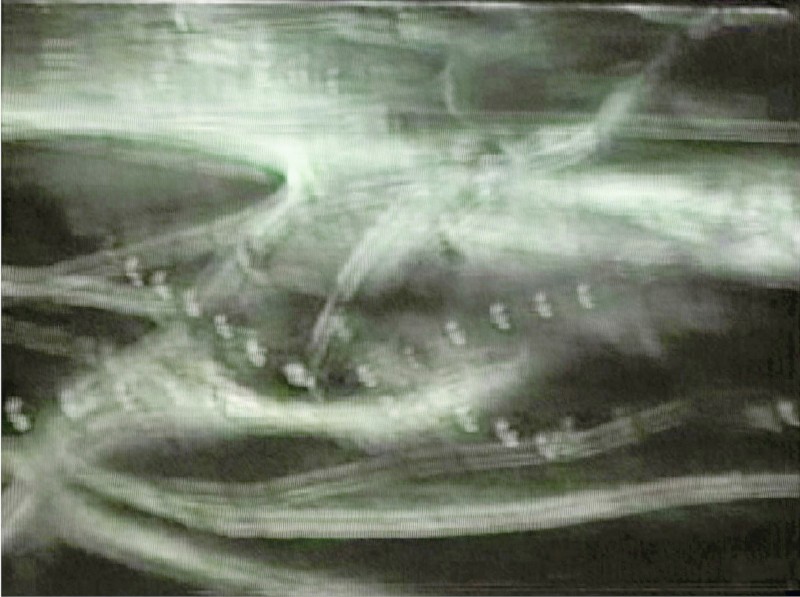Edition 2010
Léon Ferrari
The presence of a Léon Ferrari retrospective in a church is a paradox verg-ing on the miraculous: here we have a famous, ninety-year-old artist who has devoted a large part of his working life to studying and implacably criticising the Catholic Church from its origins up to the present day. Ferrari’s œuvre foregrounds the contradictions of the human condition: the abuses of power and the intolerance, sexual repression, racism, violence and authoritarianism that characterise different kinds of organisations in contemporary society. Mixing humour and sarcasm in ongoing reinterpretations of history, Ferrari confronts us with all the ambiguity, cruelty and stupidity human beings are capable of, citing as examples the horrors of the Inquisition, the Nazi concentration camps, America’s impositions of military hegemony, the dictatorship in Argentina, and the multiple forms in which such abominations can resurface.
Léon Ferrari is not a professional photographer, but rather an artist who takes advantage of everything that can help him express his ideas, with an independence and receptiveness that take him beyond the boundaries of the standard disciplines to a highly contemporary stance. As he puts it, ‘The only thing I ask of art is to help me express myself as clearly as possible, to help me invent a visual, critical language that will let me condemn as effectively as I can the barbarianism of the West. Were some- one to prove to me that what I do isn’t art, it would make no difference: I wouldn’t take another path, I would simply settle for changing the name of my art and calling it politics, biting criticism or whatever you like.’ The kernel of the exhibition is works of different formats from different periods, all of which make use of photography. This is an artist who harasses and maltreats his photographs, forcing all their potential and potency to the surface. His mythic piece La Civilización Occidental y Cristiana (Western Christian Civilisation)—an assemblage of an American war plane and a crucified Christ, censored in the Argentina of the 1960s—will be shown in the very special setting of the Chapelle Sainte-Anne. Never in its entire history has this remarkable work been exhibited in such a significantly relevant venue. The remainder of the exhibition, in the church’s side chapels, is a selection of thematically arranged works demonstrating the diversity of this artist’s œuvre and his multiple avenues of exploration, including archi- tecture, Hell, calligraphy, chess and the Last Judgement.
Andrés Duprat, exhibition curator
Exhibition organised in collaboration with the Augusto and Léon Ferrari Foundation.
Exhibition venue: Chapelle Sainte-Anne.
The presence of a Léon Ferrari retrospective in a church is a paradox verg-ing on the miraculous: here we have a famous, ninety-year-old artist who has devoted a large part of his working life to studying and implacably criticising the Catholic Church from its origins up to the present day. Ferrari’s œuvre foregrounds the contradictions of the human condition: the abuses of power and the intolerance, sexual repression, racism, violence and authoritarianism that characterise different kinds of organisations in contemporary society. Mixing humour and sarcasm in ongoing reinterpretations of history, Ferrari confronts us with all the ambiguity, cruelty and stupidity human beings are capable of, citing as examples the horrors of the Inquisition, the Nazi concentration camps, America’s impositions of military hegemony, the dictatorship in Argentina, and the multiple forms in which such abominations can resurface. Léon Ferrari is not a professional photographer, but rather an artist who takes advantage of everything that can help him express his ideas, with an independence and receptiveness that take him beyond the boundaries of the standard disciplines to a highly contemporary stance. As he puts it, ‘The only thing I ask of art is to help me express myself as clearly as possible, to help me invent a visual, critical language that will let me condemn as effectively as I can the barbarianism of the West. Were some- one to prove to me that what I do isn’t art, it would make no difference: I wouldn’t take another path, I would simply settle for changing the name of my art and calling it politics, biting criticism or whatever you like.’ The kernel of the exhibition is works of different formats from different periods, all of which make use of photography. This is an artist who harasses and maltreats his photographs, forcing all their potential and potency to the surface. His mythic piece La Civilización Occidental y Cristiana (Western Christian Civilisation)—an assemblage of an American war plane and a crucified Christ, censored in the Argentina of the 1960s—will be shown in the very special setting of the Chapelle Sainte-Anne. Never in its entire history has this remarkable work been exhibited in such a significantly relevant venue. The remainder of the exhibition, in the church’s side chapels, is a selection of thematically arranged works demonstrating the diversity of this artist’s œuvre and his multiple avenues of exploration, including architecture, Hell, calligraphy, chess and the Last Judgement.Andrés Duprat, exhibition curator
Exhibition organised in collaboration with the Augusto and Léon Ferrari Foundation.
Exhibition venue: Chapelle Sainte-Anne.



